Marilena Carbone, University of Rome Tor Vergata, Italy
ZnO nanoparticles (NPs) are extensively used for many applications, due to their properties such as wide direct-band-gap, high exciton binding energy, high UVA and UVB optical absorption, piezoelectricity, intrinsic fluorescence as well as their biocompatibility. The achievement [....] » Read More
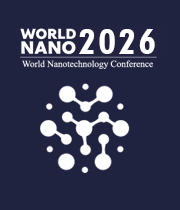


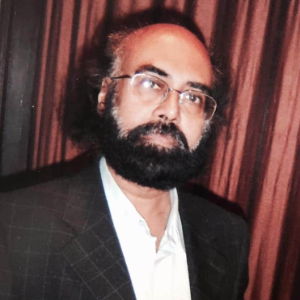
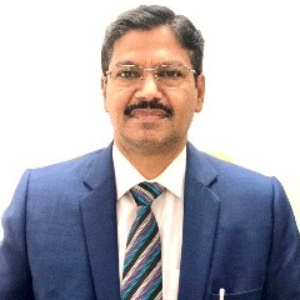

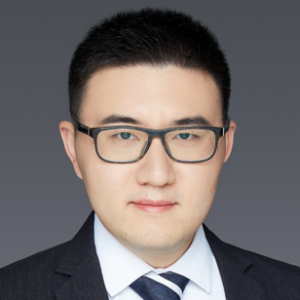


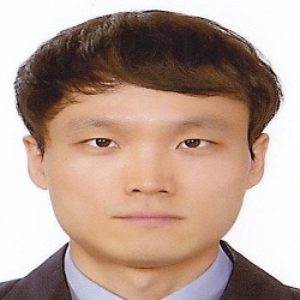



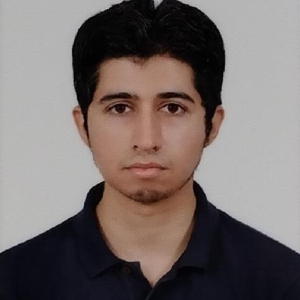







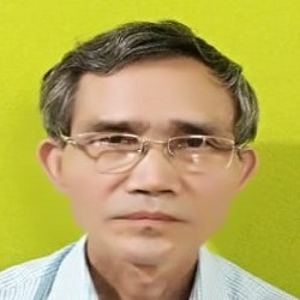








Title : 13 years of managing the safety of nanomaterials in research laboratories
Thierry Meyer, EPFL, Switzerland
As the number of engineered nanomaterials (ENM) used in research increases rapidly, health and safety specialists are continuously faced with the challenge of evaluating the risks involved with these materials. Nowadays there is not enough information about their toxicology and n [....] » Read More
Title : Improving human health in the clinic: Human nanomedicine
Thomas J Webster, Hebei University of Technology, China
Nanomaterials have been widely tested in vitro and in small order animal studies for decades. Results have shown greater tissue growth, decreased bacteria growth, and inhibited inflammation. However, few studies exist examining human tissue response to nanomaterials. This present [....] » Read More
Title : Materials design of wide-band gap oxide semiconductors
Tetsuya Yamamoto, Kochi University of Technology, Japan
Metal oxides are a group of materials that fulfill a wide variety of application properties or encourage evolution or development of near-future applications. The applications, for example, include as follows: (1) power electronics such as high Ga2O3-based high-electron-mobility [....] » Read More
Title : Fabrication of flash graphene-enhanced gan for surface acoustic waves biosensor applications
Barbara Damasceno, Rice University, United States
New, accurate, and fast biosensors of viruses are being studied as an effort to prevent future virus outbreaks. Although conventional diagnostic methods have been adopted and succeeded, they show drawbacks including lengthy data analyses, high costs and low sensitivity. Graphene- [....] » Read More
Title : Helium irradiation damage effects in nanostructured materials
Yongqiang Wang, Los Alamos National Laboratory, United States
The mankind is facing an unprecedented challenge between increasingly growing energy demands for economic growth and social sustainability, and the resulting irreversible and detrimental impact on environment. Nuclear energy is considered an essential carbon-neutral energy [....] » Read More
Title : Square wave voltammetric approach to leptin immunosensing and optimization of driving parameters with chemometrics
Shubhangi Shukle, NCSU, United States
Square wave voltammetry serves as an effective analytical means to evaluate antigen-antibody coupling at the solid-liquid interface. Herein, we describe 3- aminopropyltrimethoxysilane (APTMS) induced irreversible immobilization of anti-leptin to micellar gold nanoparticles (AuNPs [....] » Read More
Title : Iron containing nanoparticles in ultrafast diagnostics and anti-cancer strategies through modulation of tumor microenvironment and ferroptotic cell death
Dar Bin Shieh, National Cheng Kung University, Taiwan
Iron nanoparticles presented superparamagnetic properties and have been widely applied in magnetic force trapping of cells and molecules to accelerate and ease sample preparation. In addition, iron oxide nanoparticles can be designed to convert near infrared (NIR) light to heat t [....] » Read More
Title : Design 2D SiC/GeC lateral polar heterostructures for nanotechnology devices
Safia Abdullah R Alharbi, University of Louisville, United States
Two-dimensional (2D) lateral polar heterostructures, constructed by seamlessly stitching 2D polar materials, exhibit unique properties triggered by the in-plane charge transfer between different elements in each domain. Our first-principles study of 2D SiC/GeC lateral polar heter [....] » Read More
Title : Effects of copper nanoparticle-induced reactive oxygen species and carbon nanodots on amyloid beta protein aggregation: Relevance in neurodegenerative diseases
John Bang, North Carolina Central University, United States
Free radical-mediated beta amyloid protein radicalization, lipid peroxidation and DNA damage are all implicated in neuronal cell damage causing many debilitating neurodegenerative diseases. Alzheimer’s disease is the most common form of dementia among those with neurodegene [....] » Read More
Title : Bipolar electrochemistry produced graphene for micro supercapacitor
Chunlei Wang, Florida International University, United States
The development of micro-supercapacitors has attracted considerable interest due to the increasing demand for reliable miniaturized energy storage devices. Among all the desired properties of micro-supercapacitors, high power density, and more importantly, rate capability and hig [....] » Read More
Title : Nanotechnology in the maintenance of artifacts
Alaa Saed Abdelmagid Zailouk, Ministry of Tourism and Antiquities, Egypt
The famous American physicist Professor Richard Feynman stated that it is possible to change the properties of any substance and maximize its features by rearranging its atoms in a way that comes with obtaining unique properties that are completely different from their original f [....] » Read More
Title : Characterization of nanoparticles in Silicon dioxide food additives
Sadia Afrin Khan, Food and Drug Administration, United States
Food additives are substances intended to become a component or affect the characteristics of food (e.g., emulsifier, stabilizer, thickener, anticaking agent, antioxidant, etc.). Some food additives may have a particle size distribution that extends into the nanoscale range. For [....] » Read More
Title : Hematite dysprosium oxide (Fe2O3–Dy2O3) nanocomposites for antibiotic and microorganism removals from surface water
Delia Teresa Sponza, dokuz eylul university, Turkey
The formation of Fe2O3–Dy2O3 nanocomposite was confirmed by FTIR, XRD, XPS and EDS analysis. The removals of chloramphenical antibiotic gram negative bacteria and enteroviruses were studied. BET surface area of the Fe2O3–Dy2O3 nanocomposite was found to be 134 m [....] » Read More
Title : Gold nanoparticles as an efficient adsorbent for the removal of heavy metals from aqueous solution
Sikirat Kehinde Sheu, University of York, United Kingdom
Adsorption of Cu and Ni (II) ion by gold nanoparticles was successfully achieved by synthesizing gold nanoparticle by chemical reduction with sodium citrate tribasic and cysteine as the capping agent. The synthesized nanoparticles were characterized by Fourier Transform Infrared [....] » Read More
Title : Improved borohydride oxidation kinetics on Au-based MOFs and their suitability as anodes for borohydride fuel cells
Ines Belhaj, University of Lisbon, Portugal
Researchers are investigating direct liquid fuel cells (DLFCs) as alternatives to typical proton-exchange membrane fuel cells because of their higher energy density and ease of storing and transporting liquid fuel. Direct borohydride fuel cells (DBFCs) are of particular interest [....] » Read More
Title : Effects of Particulate Matter-Induced Reactive Oxygen Species and Carbon nanodots on Amyloid Beta Protein Aggregation: Relevance in Neurodegenerative Diseases
Srivalli Mukkavilli, North Carolina Central University, United States
Alzheimer’s Disease is one of the most common neurodegenerative illness with multiple etiological mechanisms explored. Accumulation of different sizes of beta amyloid (βA) proteins generated from Amyloid Protein Precursors (APPs) is known to induce a plaque forma [....] » Read More
Title : Detection of graphene oxide in single HeLa cells based on MCR-Raman spectroscopy
Zuzana Chaloupkova, Czech Advanced Technology and Research Institute, Czech Republic
GO (Graphene Oxide) is a 2D nanomaterial that has attracted attention in many industries such as chemical, electronics and medical in recent years. Due to its unique properties such as strength, hydrophilicity and large specific surface area with the possibility of functionalizat [....] » Read More
Title : Toxicity of modified pedot thin films
Sarka Hradilova, Czech Advanced Technology and Research Institute, Czech Republic
The usage of organic semiconductors in the construction of bioelectronic devices represents a very promising alternative to metal electrode systems and traditional inorganic semiconductors. For these devices, the biocompatibility of the interface between the electronic element an [....] » Read More
Title : Novel 2D carbon based nanoplatforms for targeted drug delivery
Ludmila Zarska, Czech Advanced Technology and Research Institute, Czech Republic
The biomedical applications of graphene-based materials, including drug delivery, have grown rapidly in the past few years. Graphene and graphene oxide (GO) have been extensively explored as some of the most promising biomaterials for biomedical applications due to their unique p [....] » Read More
Title : Effects of erbium nanoparticles on luminescence properties of amorphous nano silicate borotellurite glasses
Chika Scholastica Ezeaayanaso, National Agency for Science and Engineering Infrastructure, Nigeria
Four series of rare earth doped borotellurite silicate glass were prepared by melt quenching method. The first and second series are a quaternary erbium oxide and erbium oxide nanoparticles doped glass with chemical composition {[(TeO2)0.8 (B2O3)0.2]0.8 (SiO2)0.2}1-y (RE)y, y= 0. [....] » Read More